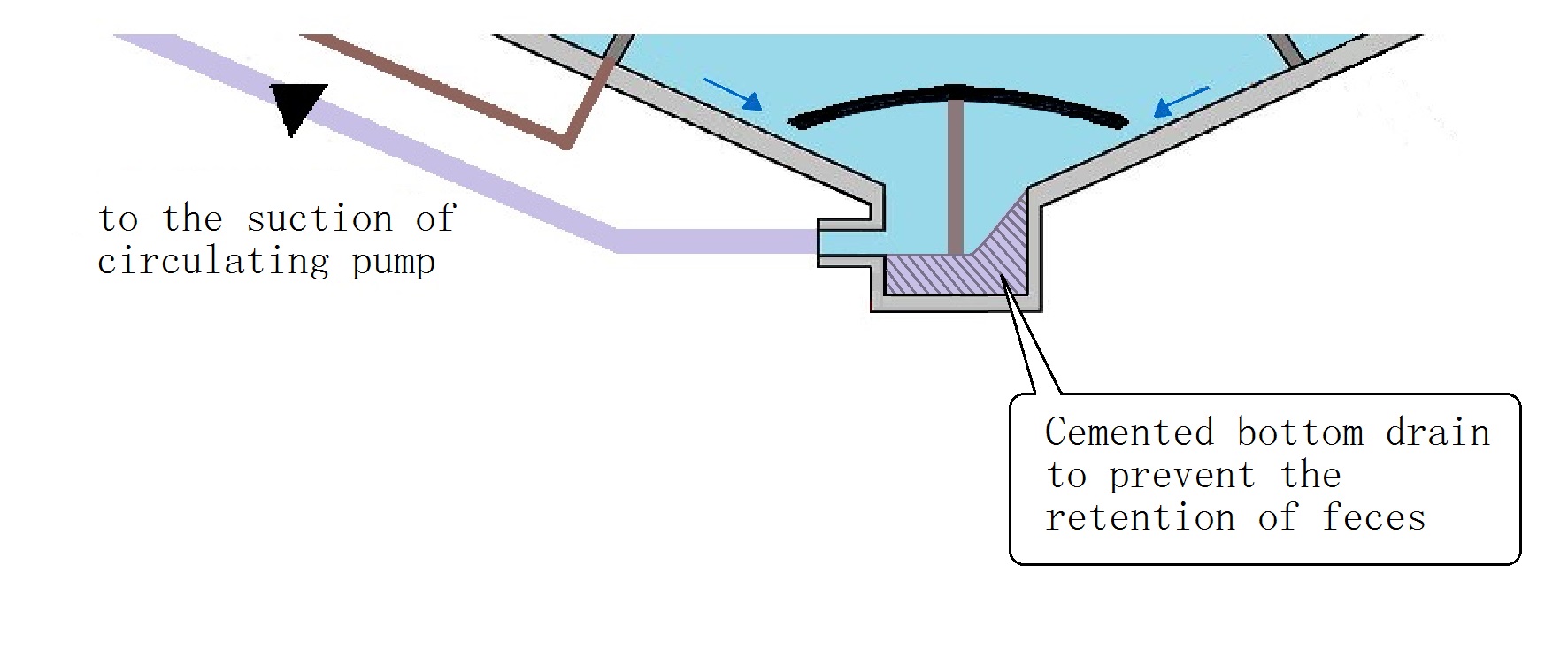To Prove That Dirty Filter Can Produce Clean But Unhealthy Water
Instead of using guinea pig or lab rat, we take Japanese carp (Koi fish) for our experiment.

Challenging yet noble, we aim to tackle the Malaysian health ministry’s statistic.
Instead of using guinea pig or lab rat, we take Japanese carp (Koi fish) for our experiment.

"I started keeping Koi fish as a hobby, more than 20 years ago. From the initial failure to keep my fish healthy and going around visiting many ponds, I observed that keeping healthy fish is not as easy as the public perceives. In the beginning, skin infection and wounds are the most common problems; although troublesome, they are still curable. After two years or more, a very common skin cancer (Higui) attacked the grown fish – despite that the pond water looked okay. Veteran hobbyists advised that to avoid Higui, we have to thoroughly remove the fish feces very frequently. From recent personal encounters, a few prominent hobbyists also adopted the strange routine of emptying all the filter material and letting their pond water turned green. Inferencing these advice and routine, most hobbyists agreed that the carcinogen was generated by dirty filter."

To make life easy when cleaning the filter, I decided to use a pressure sand filter. Although mechanical filter had proven to produce clean water for the pond, it is commonly known by veteran hobbyists that fishes in such water would promptly develop “Higui”.
Being a professional water-treatment system design engineer, I knew that the right engineering calculation, proper sizing of silica sand and extra steps of ‘air-scouring’ procedure will make a big difference in producing healthy water.
I decided to drain out the water and check the bottom drain of the main pond, where all the feces were gathered. As expected, once the lid was opened, trapped sludge were seen along with a septic smell. Thus, modification job to ease the flow were done. We needed a few more years to see the result. It has been more than 2 years nowand so far, so good – none of the fishes has had any sickness and are growing fast or perhaps, some of them may be too fat but remained active.

Kept more than 4 years, over 70 cm, no sign of cancer
"I would like to share part of my design with the attached drawing to explain the flow patterns in removing feces quickly from the main pond. However, this particular design had been criticized by some cautious hobbyist, in which that the design creates more obstacle for their fishes, ‘especially those big, fat ones’. The said obstacle would allegedly increase the likelihood for fishes to injure themselves. Although such anticipated injury seldom happens, it has been proven that the healthy water was able to naturally allow the wound to heal by itself, devoid of scarring – in a couples of days, without any medication needed."
Since this is the passage of concentrated sludge, excessive over-sizing will leave the sludge stagnant and jeopardies our effort in maintaining a clean environment. Under-sizing is worse as it will slow down the flow rate, especially at the (soft) point of suction by the circulating pump.
An estimation of slightly over-sized pipe, corresponding to the pond volume, is not a difficult task for an experienced water-treatment system design engineer.
Let’s take an example of a koi pond with the water volume of 20 ton:- Say with a good turnover of total pond water within 2 hours, the circulating flow-rate should be 10 cu. meter per hour. Assuming the total length of pipe is not more than 100 ft. and 10 pieces of turning elbow, a 2” PVC thick-walled Class 7 pipe is highly recommended.

Many veteran Koi fish lovers reluctantly quit the hobby, all for one reason:
Hikui (skin cancer among Koi fish)
In order to prevent this incurable, ugly-looking skin disease, the uncompromised way is to keep the filter clean at all times.
The common method used is regular and thorough manual works.
Crosslink prefers the simple straight forward and yet conservative method of spending at least 1½ hour daily to thoroughly clean the filter and in the meantime, aerating the bacteria (no doubt aerobic bacteria is much healthier than anaerobic).
Nevertheless, as good as the idea sounds, the amount of effort required is too exhausting for most hobbyists to handle unless it is an automatic system; a system which I am offering to you.
